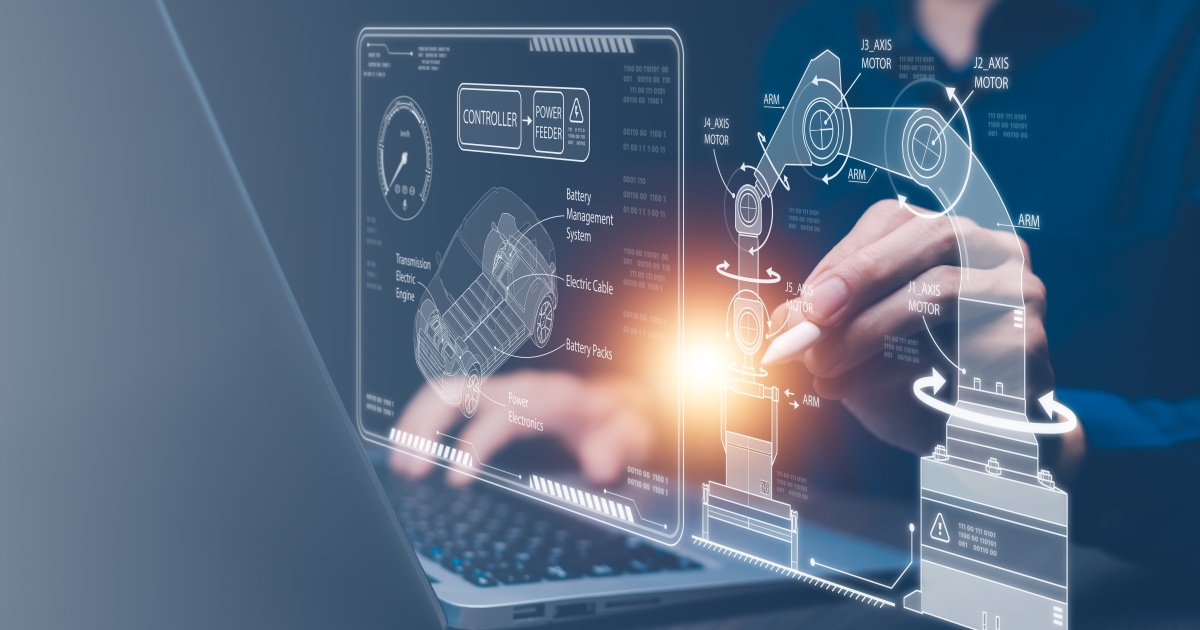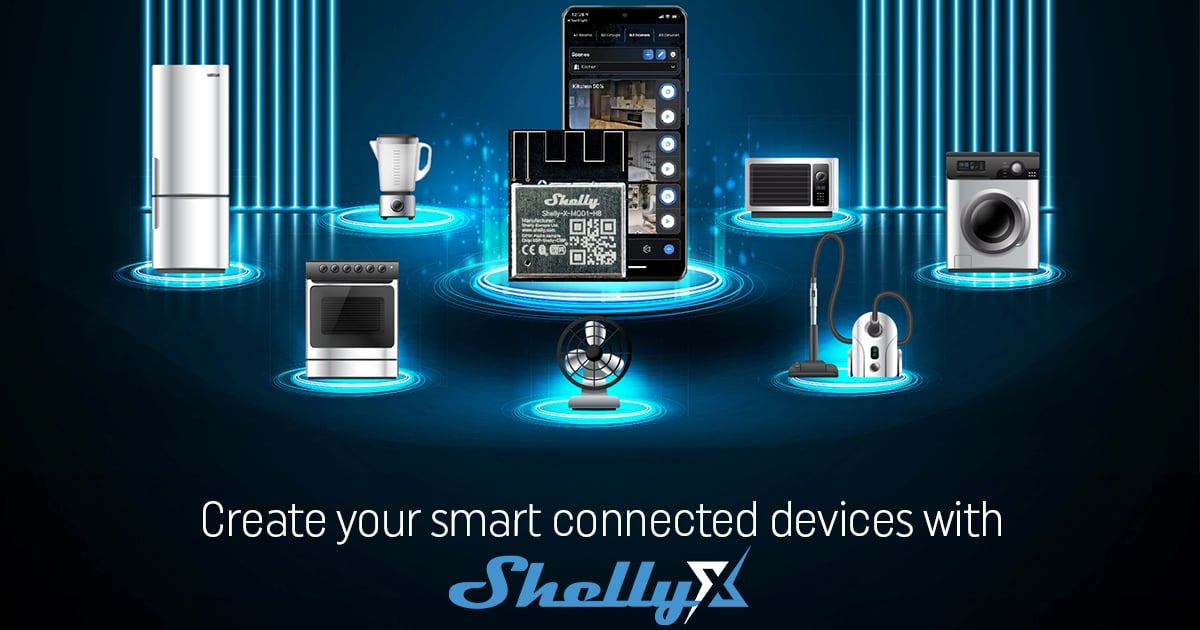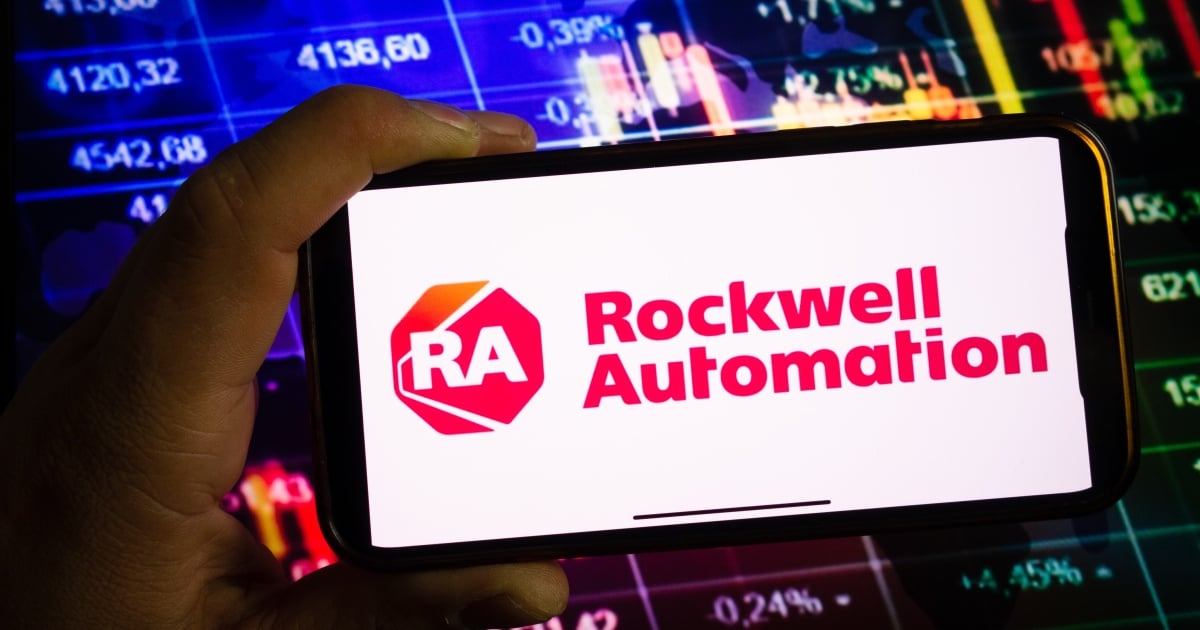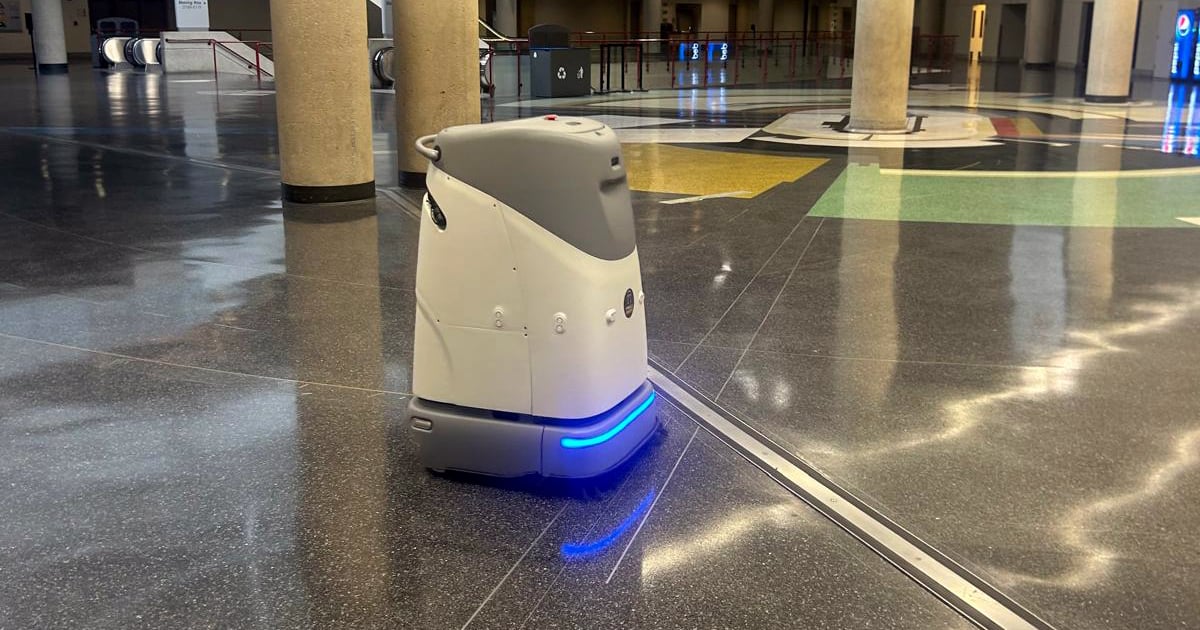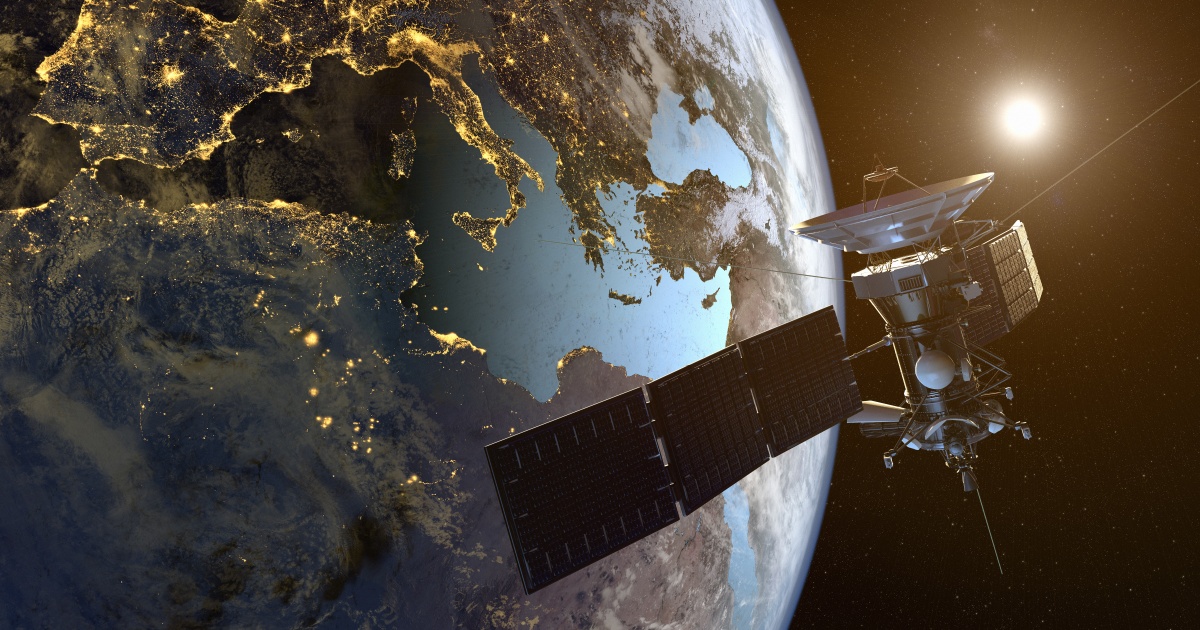
According to the GSMA – a global organization working to unite mobile operators and unify technology ecosystems – between approximately 4.6 billion and 5.4 billion people (and counting) are actively connected to the internet through their mobile devices. People also often own more than one device, and those devices becoming interconnected to larger systems is what the Internet of Things is all about. Elements of IoT – including connected vehicles, sensors deployed for ruggedized manufacturing, tools for industrial automation, monitors utilized for healthcare, predictive sensors in smart urban areas, weather stations and agriculture, you name it – are creating bridges, so to speak, over which a future of smarter connectivity can be reached.
But of course, challenges persist. Interconnectivity is the lifeblood of IoT; for commercial IoT, IoMT, IIoT, AIoT and more for modern-day businesses, but connectivity in remote, difficult-to-reach areas is harder to make reliable. Struggles arise when mobile network infrastructure isn’t updated.
That’s where satellite IoT (satIoT) technology enters the arena.
With satellites, organizations are able to gain what’s necessary for “off-the-usual-grid” type of operations; imagine monitoring environmental conditions in a remote rainforest, tracking transoceanic shipment routes, or managing a provider’s critical infrastructure (even in some of the most far-flung, geographically isolated locations).
This is made accessible – legitimately achievable – via satIoT. (And of course, low-power, wide-area networks, or LPWANs, as well as low Earth orbit, or LEO, satellites contributing to successes in connectivity, as well.)
Let’s talk about the latter; LEO satellite constellations have emerged in recent years as an alternative solution for overcoming the limitations of terrestrial networks. At the UOC, researcher Guillem Boquet has stated that “LEO satellites are particularly relevant to IoT because they require less transmit power to realize reliable communications. Devices can save energy, and both battery life and maintenance costs can be extended. Deploying satIoT means that connectivity services can reasonably be provided farther and wider to those in need.”
That’s where this conversation introduces WISeKey, a global provider of IoT solutions; cybersecurity, semiconductors, low-power sensors, secure embedded firmware, an entire full-fledged IoT marketplace – the list goes on. WISeKey is “The Human-Driven Technology Platform,” and its teams know what it takes to expand networks, meet far-reaching demands, and establish greater connections.
We also wrote recently about another company, FOSSA Systems, and how it’s working with Microsoft to explore the reach of satIoT.
And now, in cooperation with FOSSA Systems, WISeKey is looking to pioneer new IoT satellite constellations via its WISeSAT.Space program, which uses picosatellites and low-power sensors to circumvent the restrictions of ground-based networks to power deployments in smart farming, energy, logistics and more.
In this story’s case, the “and more” includes another super-important mission:
Namely, climate change monitoring capabilities.
Planned for Q3 2024 alongside SpaceX, WISeKey is launching 88 LEO satellites (on top of the previous 17 they’ve since launched) together with other space-centric technologies as critical assets in the global fight against rampant climate crises. According to WISeKey, “Satellites are invaluable for monitoring, modeling, and understanding various aspects of the climate, biodiversity, and the changing states of oceans, forests, and glaciers.” They also play big-time roles in streamlining human activities that can reduce greenhouse gas emissions. These efforts can impact early warning systems for natural disaster management, global coverage for off-grid environments, improved forecasting for planning and implementing measures that can protect vulnerable communities and diverse ecologies, and even integrations of geospatial data and global climate models that can long-term support soil carbon monitoring, regenerative agriculture, and sustainability in areas that previously lacked resources to realize goals fully.
There’s a lot more to this, too; we recommend reading through this review for further technical details.
And sure, there are (and will be) plenty of hurdles in making all of this a reality. One thing’s for sure, though:
We must use what we can to promptly address older and emerging issues alike so deeply informed decisions can be made (and actual policies subsequently formulated) so tech like satIoT can make a bona fide different for the health of our planet.
Edited by
Greg Tavarez

